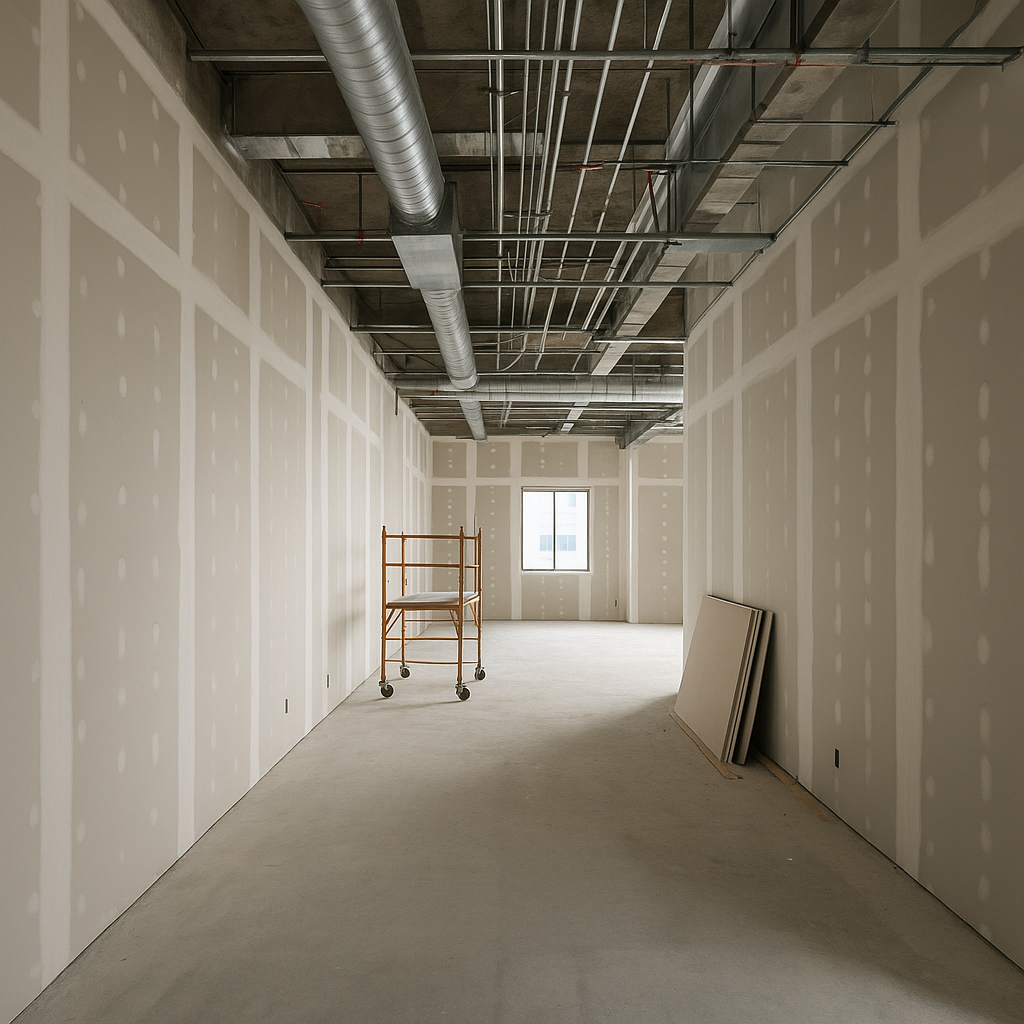
Managing drywall estimates in an environment where project scope is constantly evolving is one of the most challenging tasks for any estimator, especially in the design-build and fast-track project delivery models. Architects, engineers, and general contractors must frequently adapt to scope changes that impact quantities, material selections, labor assumptions, and construction sequencing. Without a structured approach, these shifting parameters can lead to cost overruns, missed deadlines, and misaligned expectations. To succeed, estimating must become continuous, adaptive, and data-driven.
Traditional estimating methods rely on static snapshots—assumptions made at a single point in time, usually based on preliminary or incomplete drawings. But when the scope changes weekly or even daily, static methods quickly fall behind. Scope shifts can include:
Without the ability to dynamically track and adapt to these shifts, teams risk relying on outdated numbers that no longer reflect the current design intent.
To respond effectively, drywall estimators must implement practices that anticipate and accommodate change. Key strategies include:
Modern tools enable estimators to implement these practices without overwhelming administrative overhead. Software designed for drywall estimating allows teams to track scope evolution, flag variances, and build continuity from one version to the next. Rather than discarding the previous estimate, changes are layered on and traced—making it clear which costs are stable and which are still pending final design decisions.
This allows estimators to provide updated pricing in hours—not weeks—when scope changes arise, ensuring that decision-makers always have current cost data to guide trade-offs and planning.
Active Estimating supports dynamic scope management by enabling real-time feedback loops between design and cost. The platform tracks both objective and subjective cost drivers—such as modeled quantities and expert assumptions—ensuring that estimates evolve in parallel with project design. Estimators can:
In effect, the system provides a “glass box” view of the estimating process—transparent, auditable, and continuously aligned with project goals.
Scope creep is inevitable—but cost confusion doesn’t have to be. By shifting from static estimating practices to continuous, data-driven workflows, teams can remain agile and accurate no matter how often the scope evolves. Tools like Active Estimating empower teams to build estimates that evolve with the project, creating clarity and control from concept through closeout. In an industry where change is constant, precision must be continuous.
Schedule a personalized demo to see how Active Estimating can work for your specific needs.
